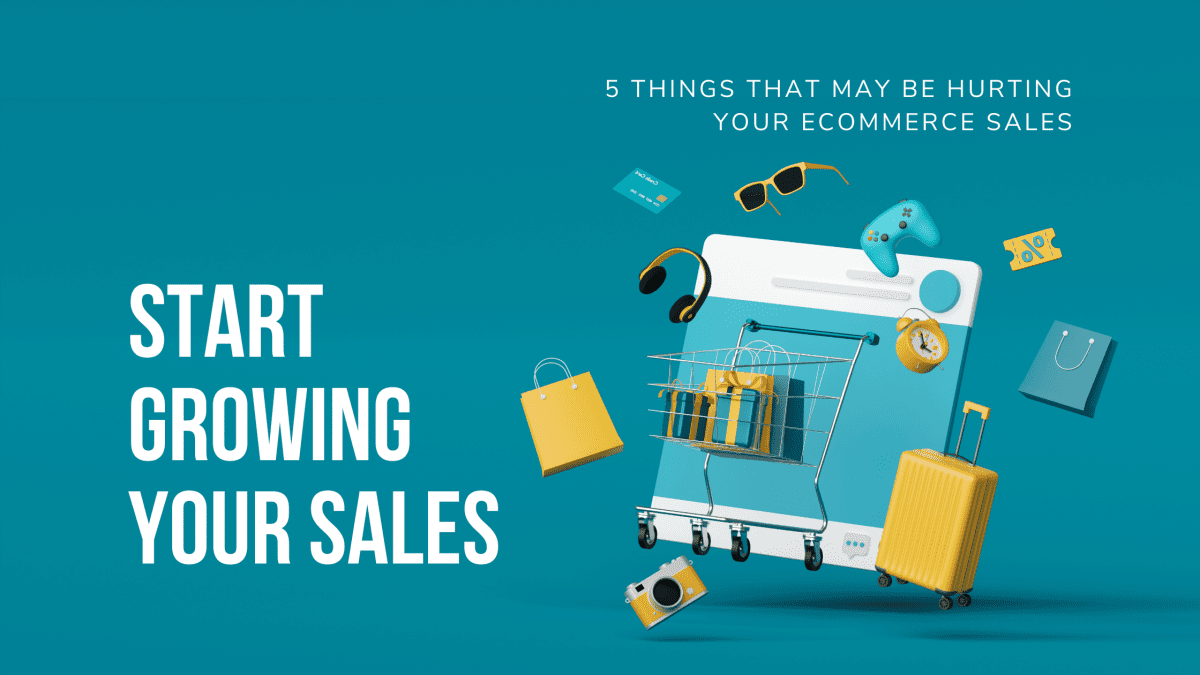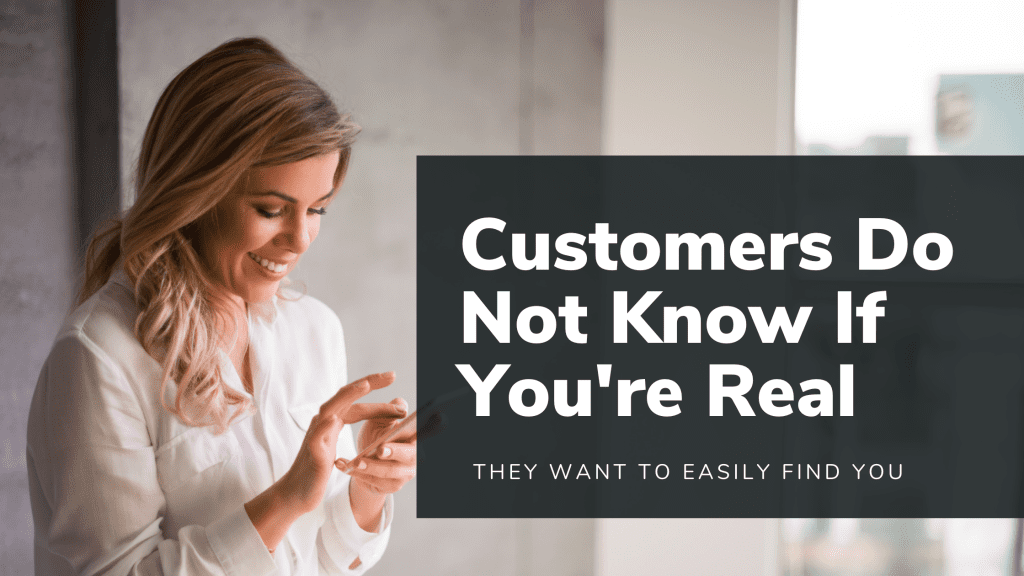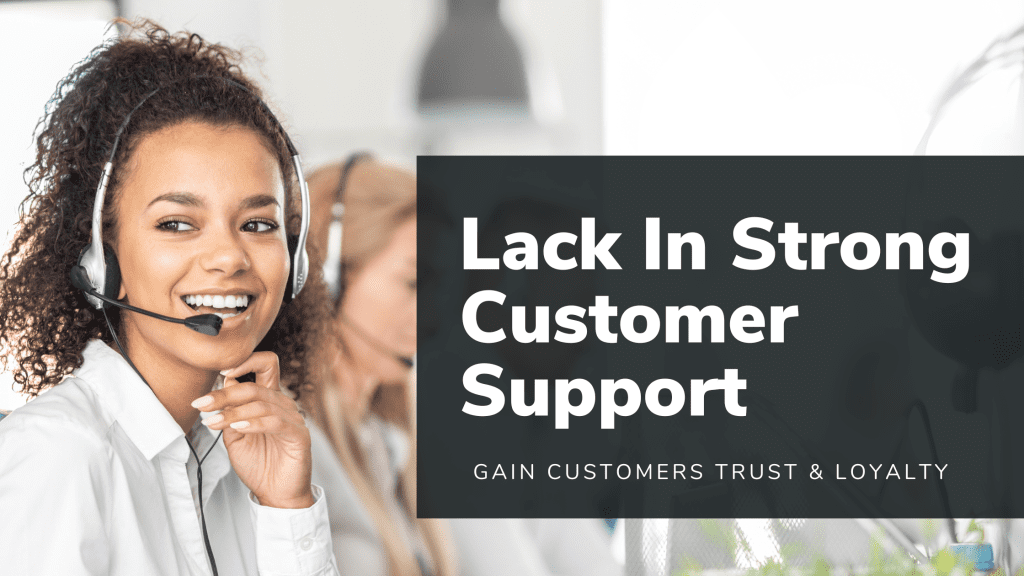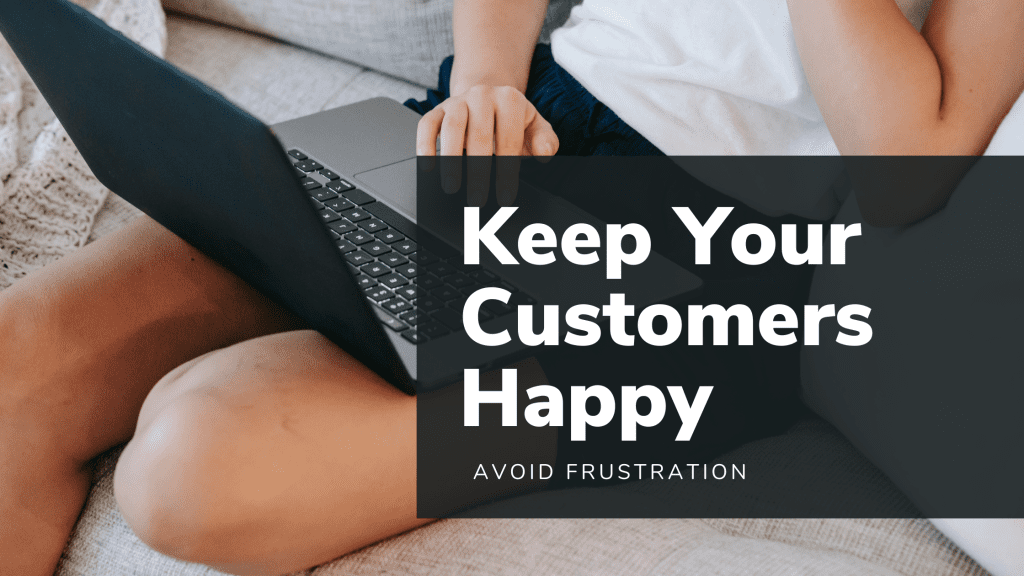Last Updated on June 9, 2023 by Tony Fowler
Have you been feeling like you’ve been stuck in a rut of bad ecommerce practices? Maybe you feel like sales are slow, or your marketing efforts aren’t working, or perhaps you’re not sure what the problem is. Partaking in ineffective or wrong ecommerce practices can hurt your business, especially if you’re unaware of them. That’s why below, we’ve outlined 5 things that may be hurting your sales as an ecommerce business. Once you’ve identified if you’re practicing any of them, you’ll be able to quickly rectify the issue and start growing your sales.
1. You Lack or Have No Social Proof
Social proof refers to when people are looking to purchase from a brand and they look to see what others’ experiences and reviews are before shopping. With so many businesses competing for sales, new customers are relying more on a previous customer’s experience. This is especially true for new businesses where the quality of your product isn’t well known yet.
Customers want to invest in a product that other customers have used before and recommend. In addition to providing social proof for your products, in today’s market your brand needs to have an active presence on social media. You don’t have to be on them on, especially if you’re a new business, start with 1-2 and once you feel like you’re confident in using them for business start to add more social media channels.
2. Pay Close Attention to Customer Support
Providing strong and efficient customer support is the key to building trustworthy and long-lasting relationships between your brand and your customers. Today’s customers want instant, high-quality support when they reach out to a brand. Pay close attention to customer interactions via your customer helpdesk, website chats, social media platforms, emails, and text messages. Utilizing an integration such as Re:amaze can address all of these issues by allowing your team to work collaboratively with their shared inbox and by implementing live chat and chatbots on your website.
3. You’re Not Doing a Good Job Marketing Your Brand
Ecommerce brands, like any other business need a level of marketing in order to stay ahead of the competition. Marketing for an ecommerce business not only means running ads on spaces like Google, Facebook, LinkedIn, or Instagram, but also ensuring your onpage SEO has been done correctly.
SEO (search engine optimization) is often overlooked or done incorrectly, both which can seriously hurt your bottom line. If you’re taking on the task of doing SEO yourself, you’ll want to take advantage of a plugin like Yoast which will let you know how strong your on page SEO is. The plugin also allows you to easily add meta titles, meta descriptions, and keywords. You also want to remember to inclue alt titles on any images you add to your website, and check that your content is keyword rich without adding keywords for the sake of adding keywords (known as keyword stuffing).
If you’re using a company to handle your on page SEO, make sure they have a reputation for success and thoroughly check reviews and other customer experiences.
4. Your Customers Are Having Frustrating Experiences
If your customers are coming to your website and not having a good experience, they will start off having a negative perception of your brand. Your website is an important first impression, and will impact your sales. A clue that your website may be an issue is if you notice you’re getting a lot of traffic, but have a high bounce rate, and low sales.
When it comes to correcting frustrating website experiences, here are some things to address:
- Make sure you have enough interesting content on your website
- Only use high-quality images
- Page load times
- Whether you have too many pop-ups or ads
- If you have poor website search and filtering functionality
- How long the checkout process is (especially on mobile)
- Mobile design and responsiveness
5. You’re Only Offering One Payment Option
Offering more than one payment option is something customers are looking for when they shop online. You might think that this is limited to accepting various credit cards, and while this is important, customers want more options than this. In reality, customers want the option to pay with a credit card, PayPal, Apple Pay, and Amazon Pay. Additionally, they want options for financing such as QuadPay, Affirm, Klarna, and more.
To make the best decision for which payment options to offer you can do some research to see what payment methods your target customers prefer or send out an email survey asking them.







